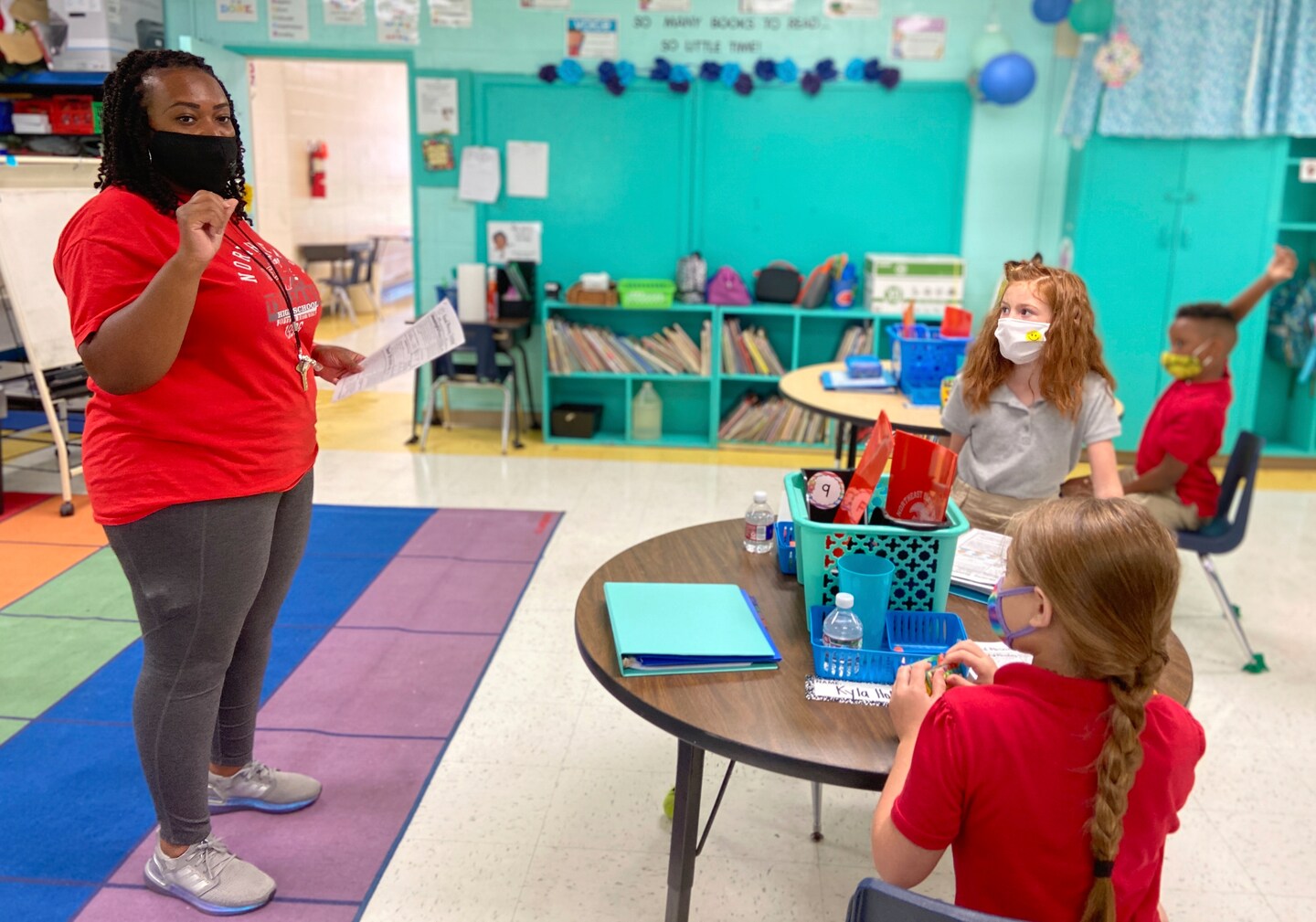Stop justifying school reopening based on false statements

First, children do get infected. In fact, a new report by the American Academy of Pediatrics and the Children’s Hospital Association found that 338,000 kids have been diagnosed with covid-19 in the United States. More than 97,000 cases were diagnosed in the last two weeks of July. The majority of these infections were in states undergoing surges, suggesting that high levels of community transmission directly translates to infections among children.
It is true that children tend to get less severely ill than adults, particularly when compared with older adults with underlying medical conditions. But some children do become very sick and require hospitalization. Among children admitted to the hospital, 1 in 3 end up being admitted to the intensive care unit — a similar ratio as adults. Racial disparities seen in adult patients are also mirrored in children: The rates of hospitalization among Hispanic and Black children are nearly eight and five times higher, respectively, than the rate in White children.
Even though the virus that causes covid-19 is transmitted through the respiratory system, that’s not all it affects. The virus can cause damage to multiple organs in children, just as it does to adults. There is even a rare but serious associated disease specific to children that we are just beginning to understand, the multisystem inflammatory syndrome in children (MIS-C). In a New England Journal of Medicine study, 92 percent of children with this syndrome experience effects on their gastrointestinal system and 80 percent on their cardiovascular system. Some develop coronary artery aneurysms. There are case reports of children suffering from a toxic shock-like multi-organ failure, which has led to death.
It’s also true that children spread covid-19. The largest study involving children and transmission is one from South Korea that traced nearly 60,000 people. It found that children 10 and older transmit the virus at least as well as adults. Children under 10 appeared to transmit it about half as much — though here the study was limited to only 57 younger children. Another study in JAMA Pediatrics found that children carry just as much virus in their nasal passages in adults; in fact, kids under 5 may carry 10 to 100 times more.
That children can transmit to one another and to adults around them is also evident in a case report from a Georgia summer camp. After a teenage counselor developed symptoms, the camp was shut down. By then, 260 of 344 campers and staff for whom testing data is available had the infection. Among children ages 6 to 10, more than half were infected. More than half of the staff, too, tested positive.
This shouldn’t be surprising considering our experience with other respiratory infections. How many of us parents have had the experience of becoming sick after our kids pick up colds at school?
Some who support on-time school reopening point to European countries that have had few outbreaks after resuming in-person instruction. However, these countries undertook many safety measures, including enforcing social distancing and implementing regular testing. They also had far lower rates of covid-19 in the community than we do. A cautionary tale should be Israel, where rapid school reopening with few safeguards contributed to a resurgence across the country. One school had a superspreader event after which 154 students and 26 staff members tested positive. A month after reopening, nearly half of the country’s new infections were thought to have originated in schools.
There remains a lot that we don’t know about covid-19 and children. We don’t know the long-term consequences of MIS-C or even, for that matter, of mild illness from covid-19. We don’t know how much immunity children have after exposure. We don’t know how likely children are to contract this coronavirus compared with adults, and we don’t know exactly how much they will be drivers of the infection during this pandemic.
But we certainly know that children can become infected, and we certainly know that they can transmit the virus.
Let’s stop justifying school reopenings based on false statements. Instead, let’s talk about how we can get widespread, rapid testing into schools. Let’s talk about the importance of wearing masks and the investments we need to make to reduce density of students in classrooms and improve their physical layout, ventilation and other infrastructure.
Read more:






